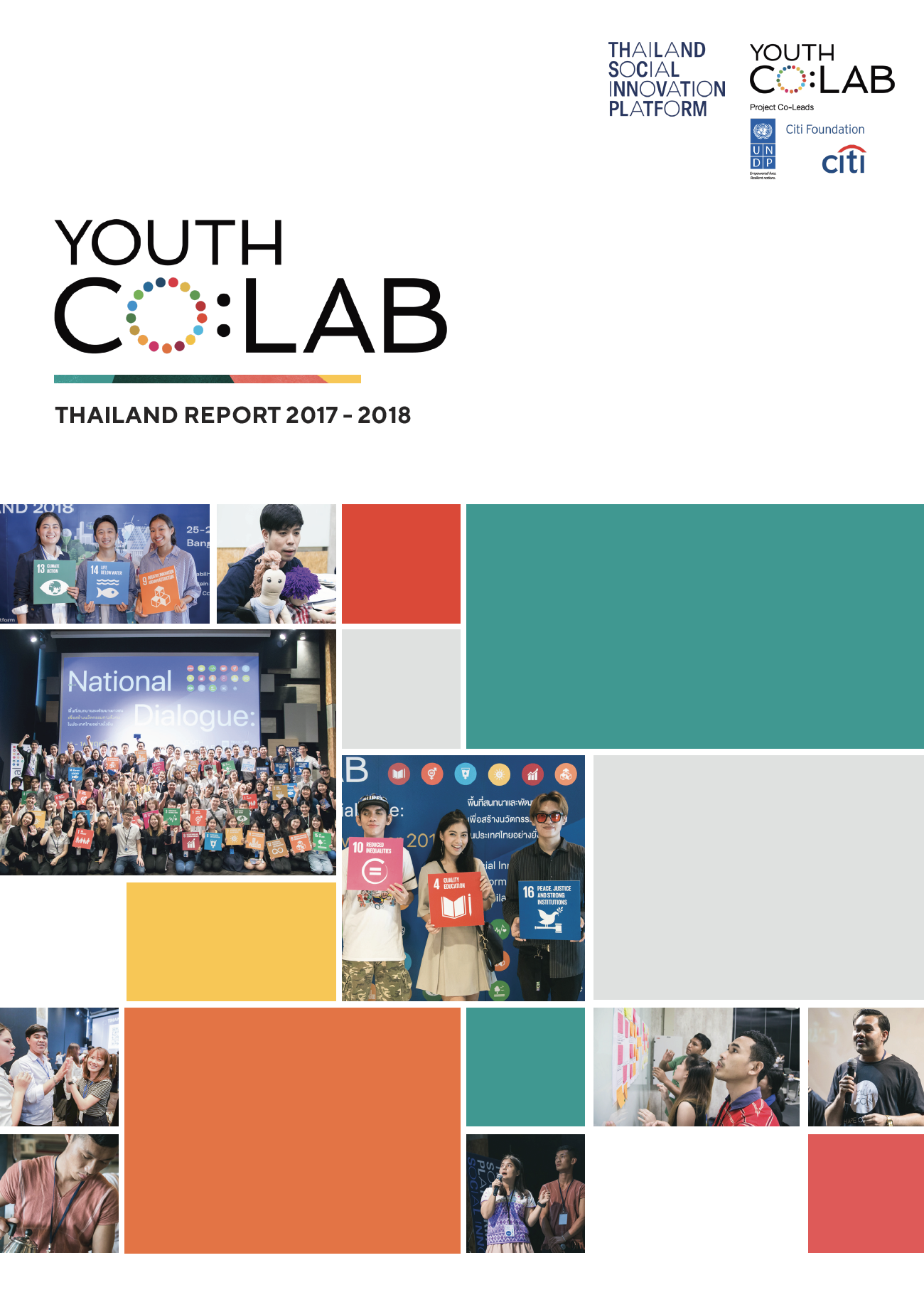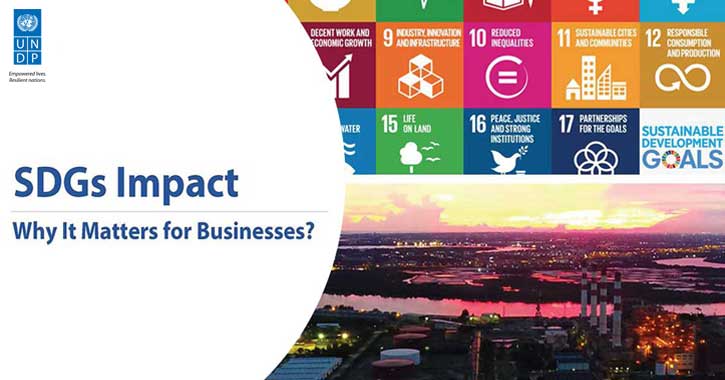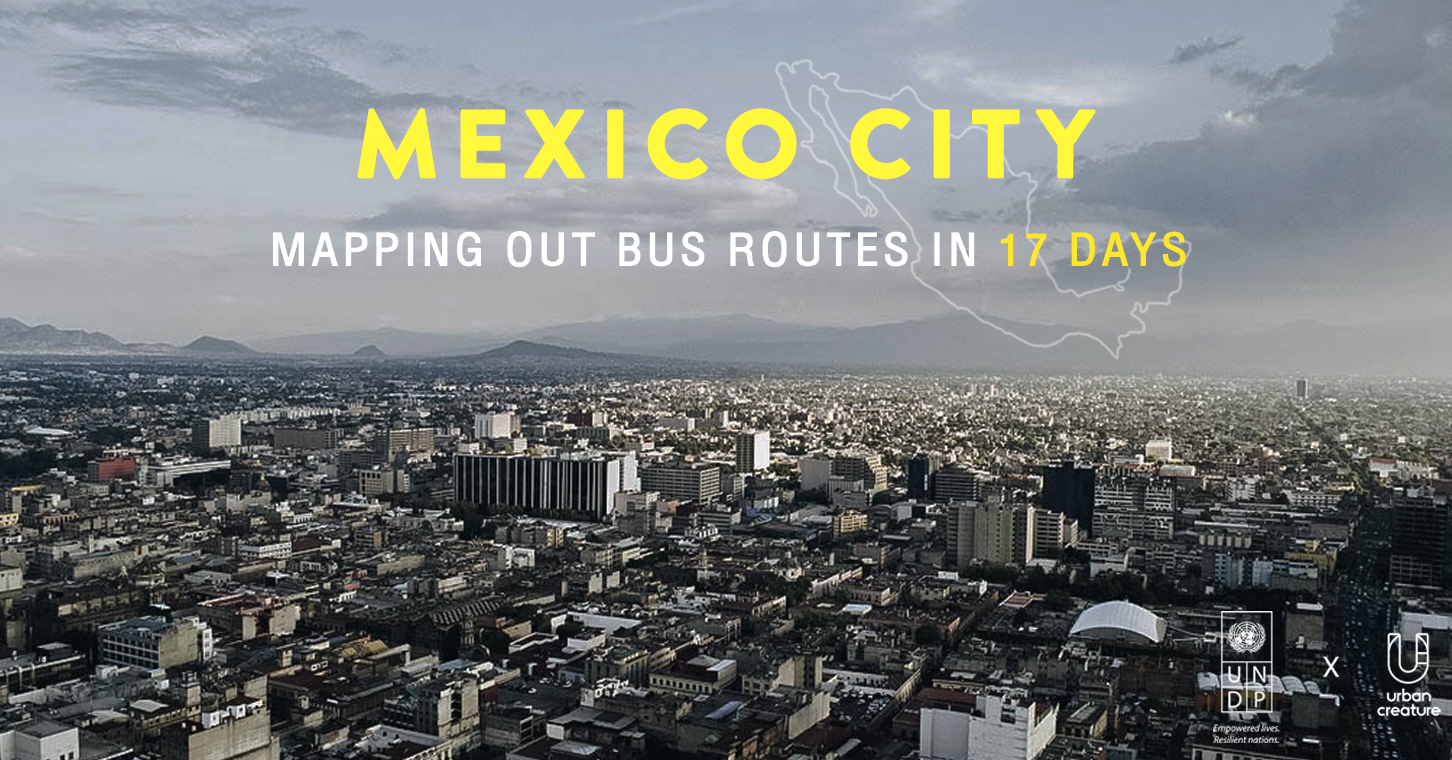- Published Date: 27/09/2019
- by: UNDP
What we learn from the process of creating sustainable human development through social innovation platform in the Deep South

When we talk about the topic of innovation, people usually think about some amazing things that only happen in a place like Silicon Valley. ‘Innovation,’ or ‘Social Innovation,’ in particular is often perceived as and associated only with cutting-edge technology, public services, and social entrepreneurship. However, there is much more to it. What does it actually mean? That depends. Innovation can be anything from the new ideas, solutions, tools, methods, approaches or the processes of doing things differently, which can eventually lead to a positive systemic change in our society. This, of course, includes the work in the conflict areas where peace is absent and violence is prevalent.
In the conflict areas, ‘innovation’ or ‘socio-economic development’ and ‘peace building’ are often seen as two separated topics. However, the study of the Basque Transformation by Agirre Lehendakaria Center for Social and Political Studies (ALC) led by Gorka Espiau, social innovation specialist, indicates that
• Conflict, violence, peace-building, human rights, health, education, and sustainable human developments are all interconnected in a complex way;
• Social innovation can improve the social and economic conditions in the conflict areas;
• Building social innovation platforms in conflict areas could help create a ‘sustainable peace’ – a definition that doesn’t mean just a situation without physical violence, but also includes human security in social, economic, and cultural dimensions.

Last week, UNDP had a chance to work with Gorka and his colleague, Iziar Moreno to introduce social innovation process and explore the possibility of creating social innovation platform for socio-economic transformation with groups of local authorities, civil societies, academia, and startups from the southern border provinces of Thailand – Pattani, Yala, Narathiwat. Our journey to the South begins with curiosity to see how social innovation platform can be created as a space to generate ideas/initiatives from the local communities where people face with complexities and extreme difficulties; and how this platform can help us to interconnect multiple development issues in the area.
What happened in the workshop?

1.Sharing of lessons learned from the Basque Country Transformation under extremely challenging situations
Gorka shared his experiences and lessons learned from the Basque case, where people suffered from a profound economic collapse, the highest unemployment rate in Southern Europe, and an image associated to violent conflict. Despite these challenges, today the Basque Country holds advanced positions in healthcare, education, and income per capita. Instead of violence, it becomes known as the city of development and this renowned success is what we called ‘the Basque Transformation.’ This sharing of the Basque case helps participants learn and contextualize.
To summarize the Basque case at a glance,
• The transformation in the Basque Country happened as a result of the people’s hopeful attitudes despite worst scenarios. The sense of urgency and the feeling that no one would help them made it possible for people to start creating something better for themselves. They believed that ‘Change is Possible.’ Their decisions were connected with common values and narratives, that is, instead of being remembered as a symbol of violence and conflict, they wanted the city to be remembered as a symbol of positive change.
• There were many actions that may seem unrelated, for examples, the decision to engage with Gugenheim Foundation and to invite Frank Gehry to build a museum in Bilbao and make it a symbol of transformation (resulted in what we later called the Bilbao Effect), the establishment of Mondragon, a corporation and federation of worker cooperatives, a movement of local chefs who brought in modern and French culinary skills to mix with their local ingredients and traditional cooking technique. Many restaurants are now awarded Michelin Star, and many other activities. However, looking closer, these actions all became the interconnected mechanism that helped accelerate the social and economic development, which eventually made Euskadi ta Askatasuna (ETA) decide to lay down their weapons, eventually leading to ‘sustainable peace.’
For more details of the Basque Transformation, stay tuned and check out our next article very soon!

2. Connecting the dot – what have we done?
A group exercise allowed participants to think about ‘new things’ that they have done or has already happened in their communities, from which resulted in positive changes. Participants were tasked to comprehensively define them in 5 categories.
1. Community actions e.g., a small-group forums in mosque, to discuss support for for orphans, led to a new idea on fund-raising. They agreed to raise funds through garbage selling instead of donations. The garbage were later sold for use as fertilizer and to raise money to help the orphans.
2. Small-medium scale entrepreneurship e.g., the establishment of Fiin Delivery, a food and document delivery service
3. Large scale public-private partnership e.g., public-private partnership on water management system
4. Public service e.g., an ambulance/emergency service in a remote village to take patient to a nearby hospital.
5. New regulation e.g., Community cremation rules which is an agreement that all community members are to help with the funeral arrangement when someone dies.
Allowing participants to think in these 5 levels helped them see a clearer picture of connections as well as slowly began to have a common vision on social innovation that it isn’t something out of reach but is something that may have already be done in the area.
“It is about how we interconnect things that are happening in the area, and that could be hidden due to violence and conflict, and how we create alternatives.”

3. Learn to ‘Listen’
To create systemic change, the first and foremost important process is ‘listening’.
We must ‘listen’ to the untold stories, to things that sometimes may not be said out loud in order to find the reasons behind people’s actions, attitudes and behaviors, as well as their beliefs and values in life to see the narratives and how the stories are making sense collectively (collective sensemaking)
Most importantly, we must find out if people believe that ‘change is possible or not’ as the belief can directly affect the development. For instance, in some communities, despite a lot of projects, budget or government support, young people still want to leave their hometown to find jobs somewhere else because they are taught by their parents that to be successful is to be able to work in the capital city. In contrast, in the place where people think that change is possible, they might open small businesses in their community to tackle unemployment challenge.
This process allowed participants to learn the importance of deep listening to identify the challenges and opportunities and see the connection between stories.

4. Co-creation
Social innovation builds co-creation on human-centred design processes which help us overcome the traditional top-down approach. Participants together envisioned the future of the provinces they want to see as well as co-created and co-designed social innovation ideas and solution to prototype further.
Some interesting ideas and stories from the locals:
• Participants shared common perspective that agriculture, food and sustainable tourism are opportunities. They take pride in their unique cultural richness and natural resources. But, due to the negative representation of conflict and violence in the media, less people come to visit this area and tourism cannot be promoted. They also feel that they cannot fully utilize their resources efficiently. At the same time, the provinces also have many talented people and interesting events but these are not represented in the media as often as the negative ones.
• People see the opportunities to export both fresh and processed fruits, especially longkong and durian, to other provinces or neighbouring countries. In Narathiwat, local people mainly depend on rubber tapping. The authorities try to encourage people to grow other kinds of vegetable and fruits for additional sources of income. However, rubber tapping is seen as a way of life inherited from their ancestor. They still want to preserve the knowledge and local wisdom amidst unstable rubber price. The questions may lie in how to achieve the balance between maintaining identity and creating new economic opportunities – and that the solutions shall truly meet the needs of people in the community.
• Participants see the possibility of partnership and connection to other communities. They present tourist destinations in their provinces, which can easily be developed into a sustainable community-based tourism. The travel routes can also be interconnected between various districts and provinces.
• In some areas, extreme difficulties discouraged and make people lose hope in life. It is difficult to organize creative activities and many activists also stop their action on development issues. To solve the issue, participant suggested the idea of ‘PeaceLab,’ to use technology and media to support local people’s learning about human rights and sustainable peace.





What we learned from the process?
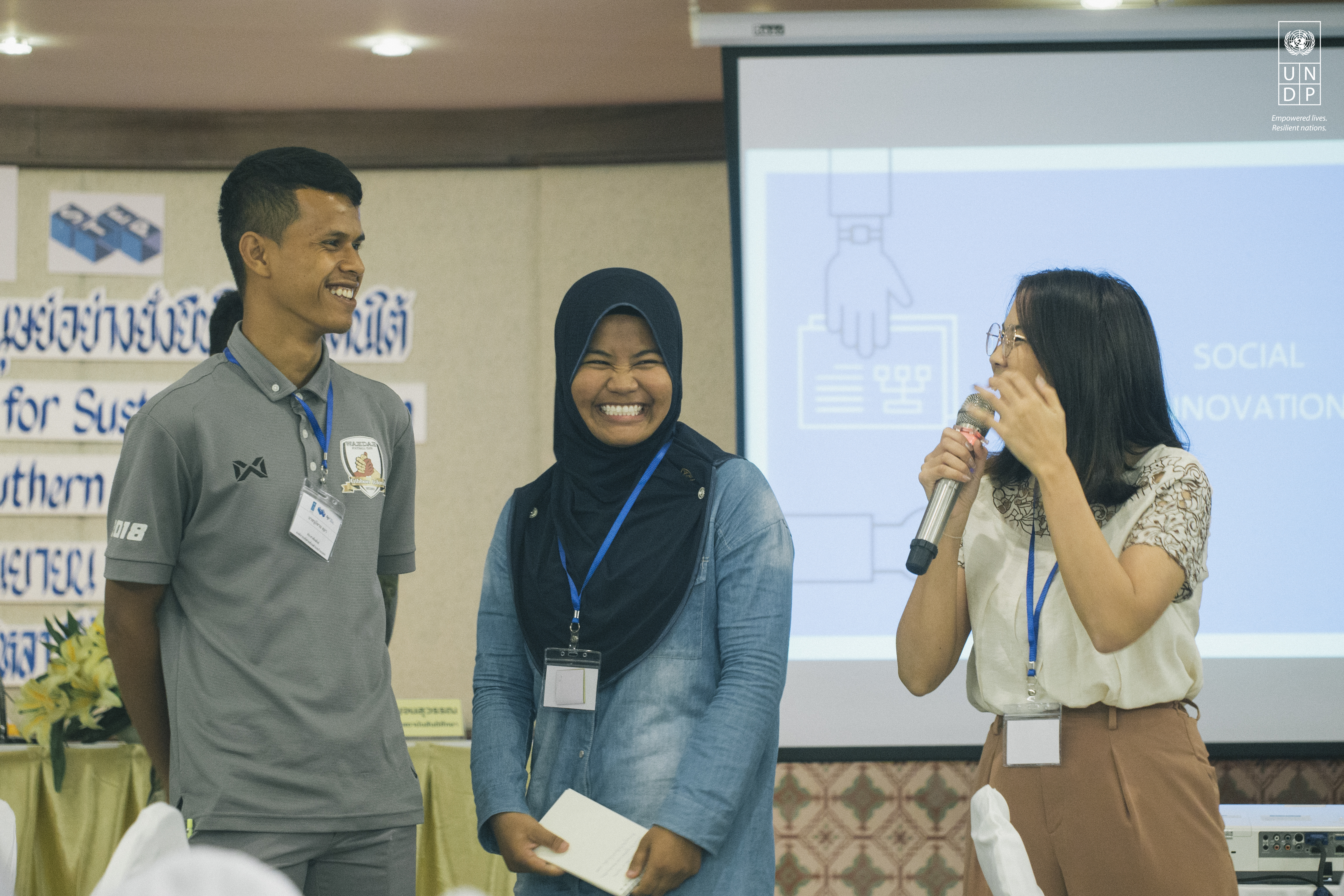
1.Listening and reflecting to create systemic change
The most important thing that happened this process is that we listened to people from ‘every sector.’
This workshop convened participants from different groups, including local authorities, community leaders, entrepreneurs, startups, academia and civil society organizations.
By staring with a simple question, “How would you describe Pattani/Yala/Narathiwat to people who have never heard of your provinces before?” We were able to listen to different stories and different narratives from people, though living in the same province, who have different backgrounds, experiences, interests, and professions. And in these differences we found an interesting connection; people actually feel that they are connected by taking pride in the diverse cultures and identities of the area, including Muslim, Buddhist, and Chinese. They felt that the charm of the Deep South is that, despite the diversity, they can share the rich resources and co-exist with each other as reflected during the dialogue “Religious affairs, we do separately – Social affairs, we act together”

After that, more intense questions were asked. “What do you think are the challenges in the area that people know exist but have never spoken out loud?” The discussion made us see a much broader and deeper narrative and helped us visualize the connections in social, economic, and cultural dimensions from upstream to downstream.
From the observation of the atmosphere during the dialogue, we found that by having a listening space for people to tell their stories, people are more engaged and truly feel they are part of process. Moreover, it helps them to see the connections of different narratives and to not rush to the conclusion on ‘what is the right thing to do.’ The two keys to this listening process, especially for facilitators, are 1) to be a glass half empty and 2) to not make any pre-judgement and conclusion before knowing the whole stories.
Another important process is the reflecting after listening, and the collective sensemaking by which people give meaning to their collective experiences, visualized through diagram mapping. The purpose of this step is not to find solution to the problem but allowing participants to reflect on the connection of their own stories. As facilitators, we didn’t really have to worry if our linked arrows between each post-its are going to be right or wrong because, even they are wrong it will be a tool to encourage participants to think deeper and correct them. This mapping is a joint process which all participants are responsible together and which makes sure that everyone’s stories are in the picture.

2. The transformation is stemmed from the common belief that “Change is Possible”
The listening process should not occur only once, but repeatedly, every time and in every stage of development process so that we could gain a deeper understanding of the narrative. We have to dig deep to find hidden messages in each story – whether people think that ‘change is possible or not.’
The question may sound simple, but to make sure that the answers we get come really from their hearts is not an easy task at all. Especially in the areas plagued by daily conflict and violence, people tend to undermine their belief in change, development, and living a positive life. Participants might answer ‘Yes, I think it is possible, but…’ followed by many other conditions. This shows that they do not really believe in the possibility of change

So, the further question is that if people don’t believe that change is possible, what can we do? Maybe shifting the vision to focus on a much smaller action for a tangible outcome (or even show that what they have already done is actually the change itself) could be a better starting point to show that it is possible to create change. So, the question ‘is change possible?’ is important in a way that it helps with designing and shaping process of development in a sustainable way.
To summarize, ‘Transformative Change’ can only happen when people believe that change is possible. This belief will eventually be the driving force for individuals, organizations, communities, and society.

3. A sustainable and systemic change must come from the local people themselves.
The intense workshop on listening, sensemaking, co-creation, and prototype allows us to see a new light of interconnected opportunities such as food and culture as previously mentioned. However, for the next step as facilitator, even though it is surely easier for us to lead the process as we know a lot about tools and familiar with the approach of social innovation, we may need to step back to open up a space for the local to come up with their own conclusions and interpretation, and find solutions that are most suitable for them. That way the interpretation and solution will represent the local needs and ways of life, and not being misrepresented by the outsiders.
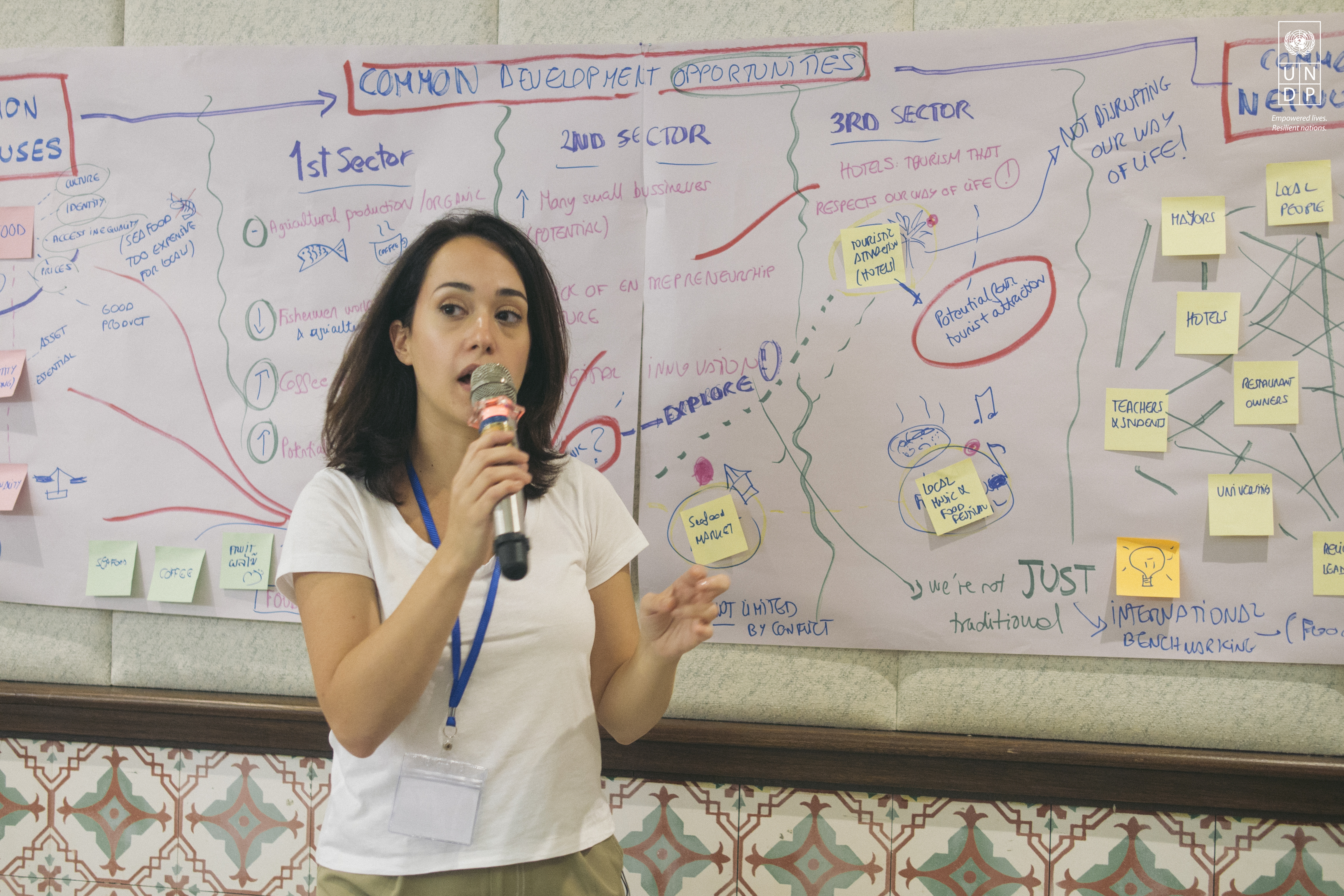
The process of creating transformative change that is driven not by experts but by local people is much more challenging and complex. Of course, participants might not be able to connect the dots and grasp the essentials all together at once, but it is definitely a good beginning of creating a learning process for local people to get to know new tools and methods that can be used in a sustainable peace building process. We believe that this process will eventually lead us to sustainable developments in the southern border provinces of Thailand. At the heart of Sustainable Development Goals (SDGs), it isn’t merely working to achieve the 17 Goals, but it is working with ‘Leaving No One Behind’ lens.
Making sure that everyone from every sector, including the most vulnerable persons, is engaged in the process may take more time and is more complex, nevertheless, it enables the paths towards sustainable development and peace building.
““Social innovation should bring people together to have common missions. As a local community, we need to understand problems that we are facing and connect them with new ideas.” ”





Most importantly, this workshop of building social innovation platforms in Pattani, Yala, Narathiwat would not be possible without the passionate participation from all participants.
I would like to take this opportunity to praise the representatives from all three provinces
Local Authorities from
Pattani – Thanam, Bannok, Nambor, Trohbon sub-districts
Yala – Lammai, Banrae, Bannangsata sub-districts
Narathiwat – Wang, Changpuek sub-districts.
And startups, civil society, and academia
• CHABA Startup Group
• Sri Yala MyHome
• PNYLink
• Digital4Peace
• Saiburi Looker
• HiGoat Company
• MAC Pattani
• MAC Yala
• MAC Narathiwat
• Hilal Ahmed Foundation
• CSO Council of Yala
• Nusantara Foundation
• Thanksin University
• Institute of Peace Studies, PSU








